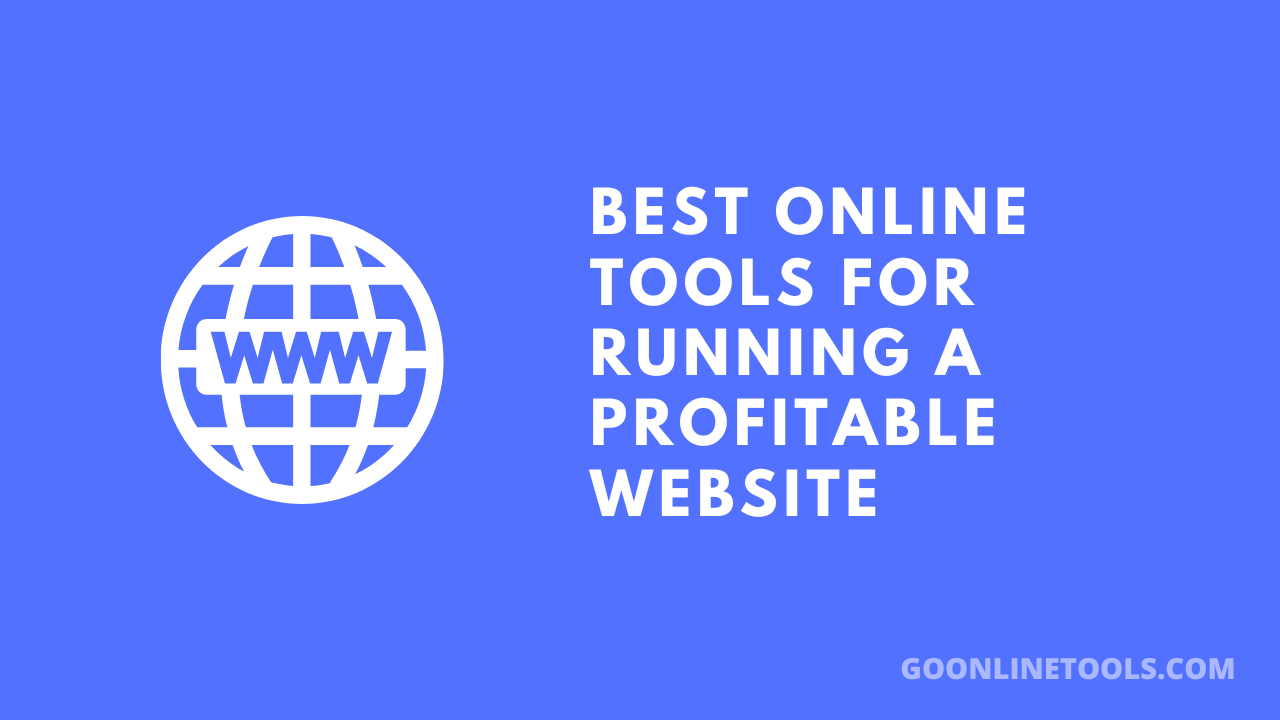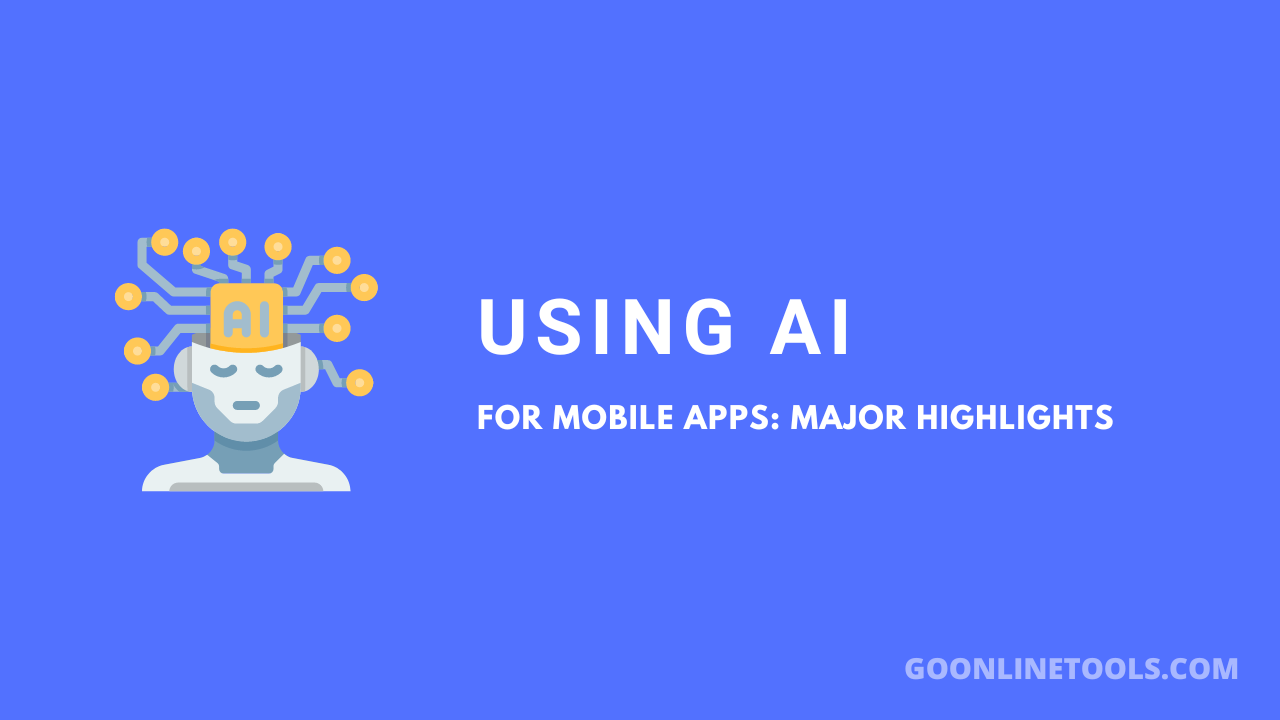
Featured image for "Building Connections With Business Networking Tools"
The days of hoping you’d remember someone’s name from a crumpled business card are behind us. Professionals today have access to an entire toolkit of digital solutions that make networking more efficient, trackable, and frankly, less awkward than it used to be.
But with so many options available, knowing which tools deliver results can be overwhelming. Some promise to revolutionize your networking game, while others are just fancy digital versions of things that already worked fine.
Let’s cut through the noise and look at what’s worth your time.
Digital Business Cards
Traditional business cards served their purpose, but digital business cards have solved problems you probably didn’t realize you had. These are dynamic, interactive tools that can include video introductions, social media links, and real-time contact information updates.
Many tools let you create professional digital business cards that recipients can save directly to their phones. What makes them particularly useful is the analytics. You can see who viewed your card, when they accessed it, and which information they found most interesting. Some even integrate with your contact management system automatically.
The real game-changer here is QR codes. Instead of fumbling with physical cards at networking events, you simply display your QR code and let people scan it with their phones. Contact details transfer instantly, and you both have a digital record of the connection.
Virtual Event Platforms
The virtual networking space exploded recently, and while some platforms feel like glorified video calls, others have created genuinely engaging experiences. There are features that mirror in-person events: virtual booths, networking lounges, and breakout sessions that facilitate meaningful conversations.
Other platforms also have an interactive floor plan design. You can move around virtual tables just like you would at a real networking event, making conversations feel more organic than typical video calls. Some also have a “video room” feature that allows for intimate discussions, while larger group discussions help establish thought leadership.
For hybrid events, you can find platforms that combine physical and digital networking seamlessly. Attendees can connect through these platforms before, during, and after events, extending networking opportunities beyond the event range.
Social Media Platforms
LinkedIn remains the obvious choice, but its newer features have made it significantly more powerful. LinkedIn’s event networking tools help you connect with other attendees before conferences, while industry-specific groups provide ongoing networking opportunities. The platform’s messaging system has evolved into a legitimate business communication tool.
X (formerly Twitter), despite its chaos, offers unique networking opportunities through industry chats and real-time conversations with thought leaders. Its live streaming features let you broadcast expertise to potential connections worldwide.
Even Instagram has become a networking tool for certain industries. Stories, live streams, and IGTV allow professionals to showcase personality alongside expertise, creating more personal connections than traditional platforms allow.
Contact Management Systems
As your network grows, keeping track becomes impossible without proper tools. Modern contact management systems are relationship management platforms, as well.
There are CRM tools that integrate networking activities with your sales pipeline, tracking how connections move from initial contact to business opportunities. Others also offer customizable contact databases where you can track everything from personal details to interaction history.
For simpler needs, Google Sheets can work surprisingly well when set up properly. Create columns for contact details, meeting notes, follow-up dates, and relationship status. It’s basic but effective, especially when combined with Google’s other tools.
The key is choosing a system that integrates with your other networking tools. When your digital business card automatically populates your contact database, or when your calendar scheduling app updates relationship records, the whole system becomes more powerful.
AI-Powered Networking Assistants
The newest category of networking tools uses artificial intelligence to enhance relationship building. There are tools that analyze public information to provide insights about communication preferences for your contacts. Imagine knowing whether someone prefers direct communication or detailed explanations before your first conversation.
Other tools use AI-powered profile matchmaking at networking events, analyzing attendee profiles to suggest high-value connections based on mutual interests, goals, or complementary expertise.
Some email platforms now include AI writing assistants specifically for networking follow-ups. These can help businesses craft personalized messages that strike the right tone for different professional relationships.
Event-Specific Networking Tools
Different networking scenarios call for different tools. Trade shows and conferences often have dedicated apps that include attendee directories, appointment scheduling, and digital business card exchanges. There are apps that specialize in conference networking, using algorithms to suggest valuable connections among attendees.
For industry events, there are platforms that can help you find and organize networking gatherings in your field. Their integration with social media platforms helps extend conversations beyond the physical event.
Virtual meetup tools like Zoom and Microsoft Teams have added networking-specific features. Zoom’s breakout rooms can randomly assign participants for speed networking sessions, while Teams’ integration with other Microsoft tools makes follow-up seamless.
Integration
The most effective networkers create integrated systems where tools work together. Your digital business card feeds your contact management system, which triggers your follow-up automation, which connects to your calendar scheduling tool.
Email signature tools can include QR codes linking to your digital business card, making every email a potential networking opportunity. When someone scans the code, they’re added to your contact database automatically.
Social media management tools help maintain consistent visibility across platforms, keeping you top-of-mind with your network through regular, valuable content sharing.
Choosing Your Networking Tech Stack
With so many options available, the key is choosing tools that work well together and match your networking style. If you attend lots of virtual events, invest in good video conferencing tools and virtual networking platforms. If you do more one-on-one relationship building, focus on contact management and scheduling tools.
Start simple. Pick one tool in each category and master those before adding more complexity. The best networking technology is the kind you’ll use consistently.
Remember that these tools amplify your networking efforts but don’t replace genuine relationship building. The most sophisticated contact management system won’t help if you’re not providing value to your connections. Use technology to remove friction from networking, not to automate away the human elements that make professional relationships meaningful.
The Editorial Team at GoOnlineTools.com specializes in delivering cutting-edge information on technology.
View all articles




